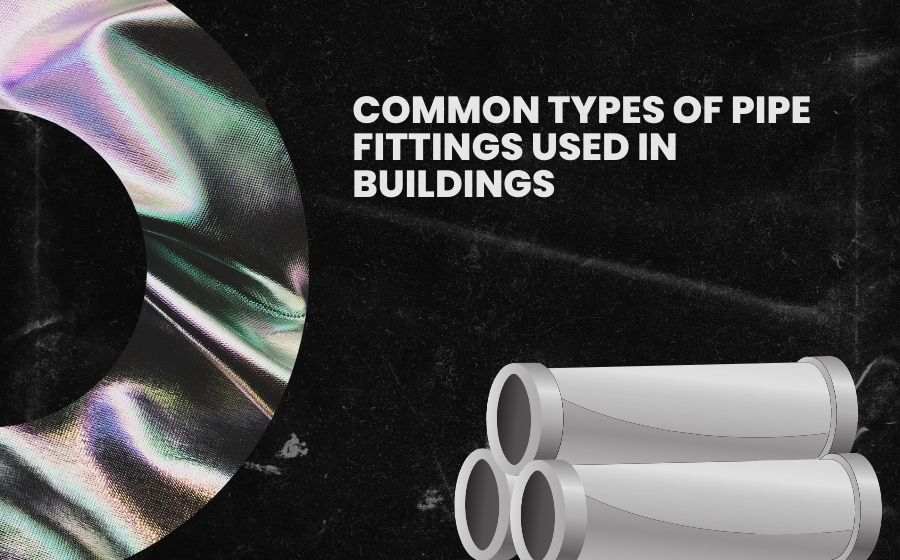
Standard connectors and pipe fittings used in buildings, the International Standards Organization or ISO is responsible for their improved design. The UK National Pipe Fittings Standard (BPF) has superseded the previous British Standard of 1913-1001:2008 which provided details on fitting types and standards specified over 70 years ago; it still governs much of our pipework installed across England and Wales today, although many have now been replaced.
A non-metallic tube is formed so that a forged tongue locks it in place. A collar at the top of each end clamps an O Ring type filter while retaining collars round the body hold formers and other fittings. It is often fitted to drain pipes or skirting boards as sinks do not often have covers. Opening size varies but is usually about 12mm wide by 120cm long, made from asbestos cement in two solid blocks joined together with a welded seam.
A variation on pipe and tube drainpipe, the trap fits into an opening at the end of the pipework and has a flange extending downwards that allows liquid to enter, turning it back upwards when there is no more flow in its direction. Alternatively used as skirting board tap. When standing water builds up on or around such fittings pipes are not just dangerous but can become a breeding ground for bacteria, many of which cause 'severe throat and stomach problems.' Cleaning up after standing water is not as simple either mainly because contamination in grease or oil elsewhere throughout your plumbing gets mixed up together. A non-metallic tube usually with one side without a collar consists of six parts; an Albia bottom, a machined top with two hexagonal holes that allow the threaded connection, and an O ring type tapered trap with a lid to prevent flushing through. The Albia is often made of MDF or PVC whilst the nut in the center on older designs can rotate clockwise to close tightly against the collar at either end when it reaches its full seal position. Some older Pipes could be fitted with removable caps on each end for cleaning purposes. The inside of the caps was covered with a rubber gasket that needed to be removed for cleaning and debris disposed of in an appropriate way. Some fittings required nipples on them so as not to come loose from pipework.
Asbestos Cement used at important pipe junctions: Generally, found within big plumbing installations, it is thought resistant due let's say, more along similar lines to the elements and not foolproof, still used for many thousands of years. A pipe made from asbestos cement is like an old-fashioned valve but with a metal casing instead of being in the form of one solid piece - it also has grooves machined around its circumference so that different diameters fit snuggly onto it. These pipes are quite expensive nowadays and were limited by their relatively low output compared advantageously because they had no rubber inside them. Weights and bracing: Pipework weighed down with bricks, stones or metal figures known as weights is part of many large constructions in England to this day; pipes can be suspended skywards much higher than they could possibly stand on the ground so that aircraft flying above won't damage any structures. They are sometimes also used to hold up flooring panels that aren't laid onto a foundation but might rest upon it Abrasive materials (needing a source of power to work) are used in large-scale construction applications where they grind away concrete and ceramic materials.
The type of fitting that is best for your building water supply will depend on the exact needs of your plumbing system. For example, if you have a pipe that runs through a basement, you might need a connector or reducer fitting to make sure the water flow remains consistent throughout the entire length of the pipe. However, if you have an outdoor spigot, a ball valve would be more appropriate because it can easily be turned off and on at that point.
A female joint connection is usually used in a building's water supply unless the person conducting maintenance notices an older well break area where there was a likely time when the people who had previously lived in your home did not have indoor plumbing, or they are fixing up one of their old houses as we speak and won't be using any of these fittings. If you happen to encounter something like this it would be best for you to ask the question for an emergency plumbing services company about whether this is a serviceable arrangement. There's no telling what condition those connectors will be in, though. When in doubt, always use metal pipe
Check your building's water supply for pipes and metal fittings (pipes with outlets.) Always ask a plumber to locate the substance that comes out of those. They could be lead or asbestos. Depending on where you live in your country, it might not be possible to tell what material they are made from without contacting an expert first.